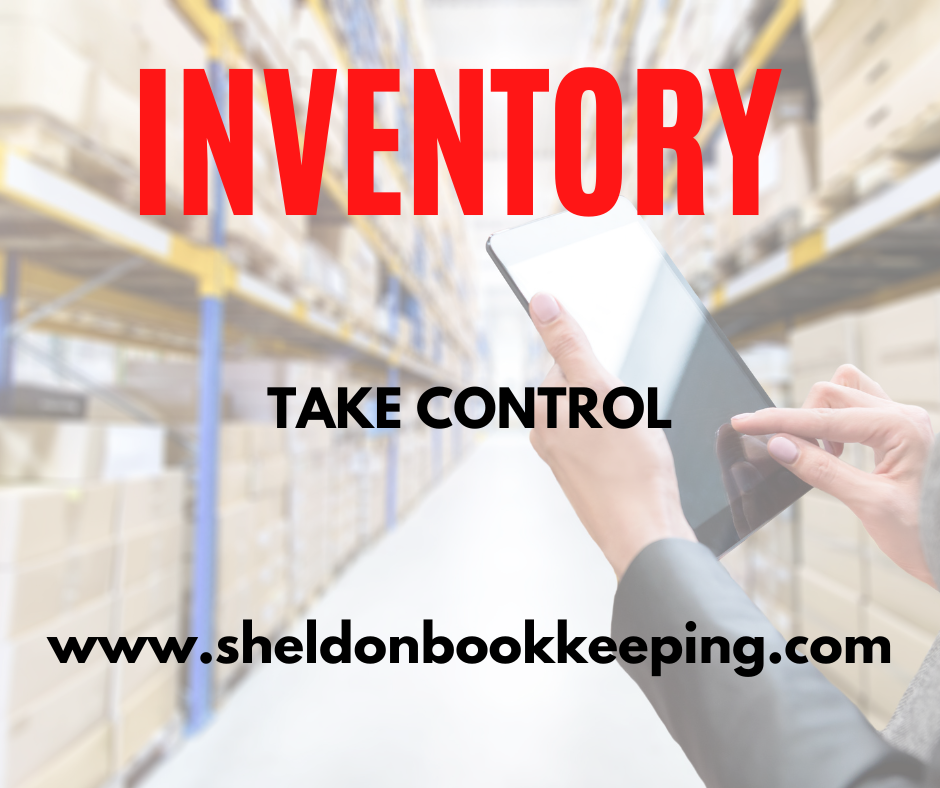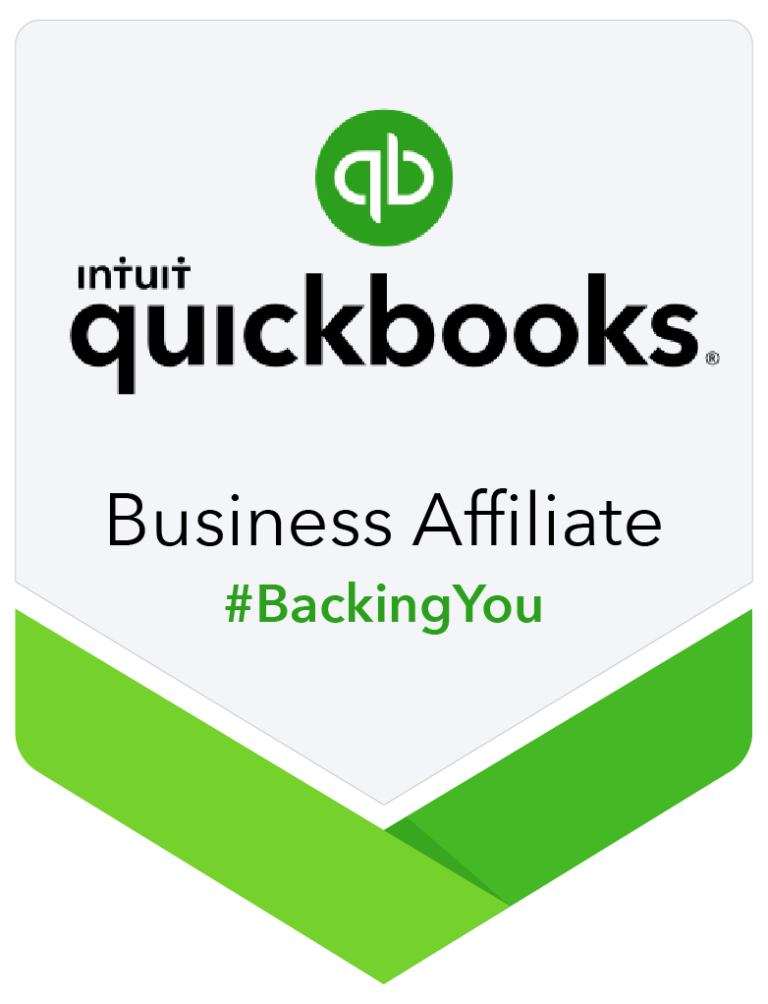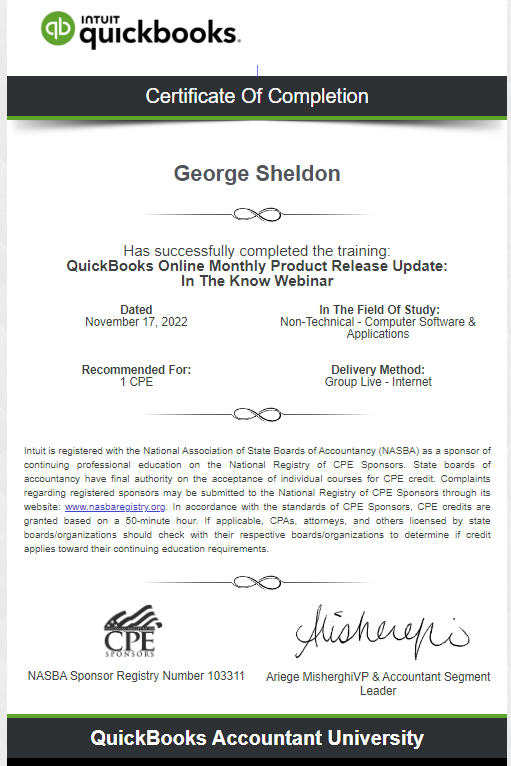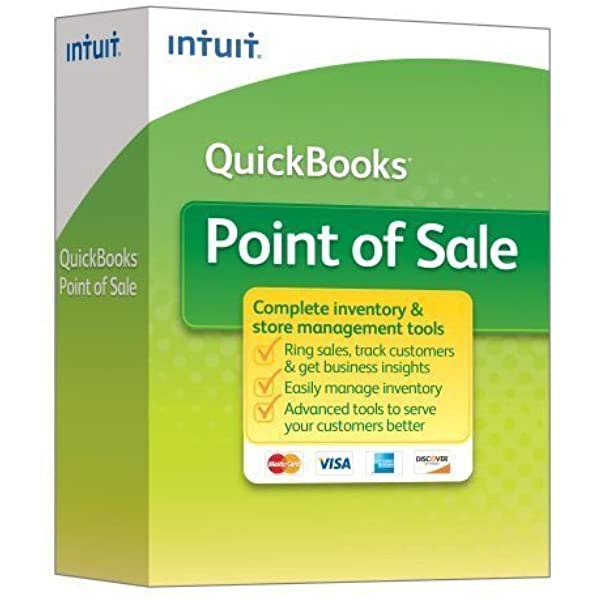
Inventory – Take Control
Inventory can be a tricky thing for small businesses. If your business requires you to have inventory on hand, it really is one of those things that as a small business owner you do need to watch. In other words, you should take control of your inventory.
During a recent 30-minute consultation call, I was talking to a potential new client. One of the things that we discussed was the current inventory reporting in Quickbooks. The owner of the business mentioned that he is a balance of $97,000 in inventory. In further conversation, it soon became apparent that the inventory was only about $25,000. In other words, Quickbooks was not reporting the correct amount of inventory on hand.
One of the problems with this potential client’s inventory system is that they have both inventoried and non-inventoried items. They really do not have a clear understanding of how they should keep track of their inventory in QuickBooks.
By not knowing what is on hand, they’re often over-buying or understocking key inventoried items. Purchasing too much inventory can negatively affect cash flow.
I suspect they need some help with their Chart of Accountants and Invoicing when selling an inventoried item. The business owner seemed amazed to learn that he could generate a report that would tell him what he needs to purchase. I did suggest some other actionable items for him to bring his Inventory situation under control.
Inventoried versus Non-Inventoroed
Most service businesses that sell products will have inventoried and non-inventoried items. For example, a plumber purchases toilet valve replacement kits in a lot of 24 at a time. The plumber doesn’t want to run, so when the inventory level gets to 9, it is time to buy another lot of 24. QuickBooks can send an alert to you when your inventory items are low or out of stock. The instructions to set this up is here.
Non-inventoried parts are typically small items, not usually sold to the customer, but thrown in as part of the job. For example, the plumber may carry an assortment of screws when one is needed.
Tip: When working in QuickBooks, inventoried items should be in Cost of Goods, while non-inventoried items are regular expenses.
If you are having inventory issues, and need some guidance, I suggest you schedule a free 30-minute consultation call.






